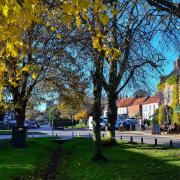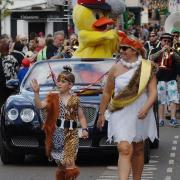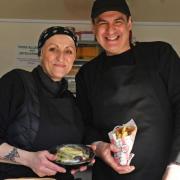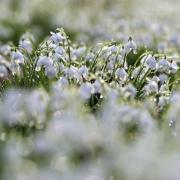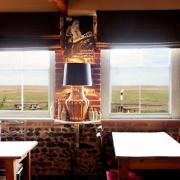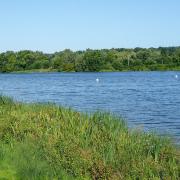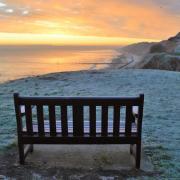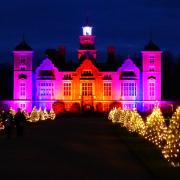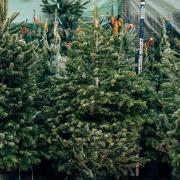October is a lisping whispering month of winds in the yellowing, tar-spotted leaves of sycamores; winds rattling through the dry heads of horned poppies on the shingle at Norfolk Wildlife Trust’s Cley Marshes, with migrant Lapland buntings rattling overhead and the agitated North Sea waves rattling the shingle on the beach.
Some birders, in contrast, come only when one of the regular shingle-trudgers finds an important rarity. How many come, how loudly their jackets rustle, how absurdly expensive their Dalek army of massed telescopes and tripods, depends on how rare the bird is. A yellow-browed warbler is rare enough but sure to turn up in some stand of battered sycamores along the Norfolk coast in October. A Pallas’ leaf-warbler, tinier, brighter, rather rarer, will attract more rustling jackets, more pristine lenses and more excitement. A red-flanked bluetail would outclass them both. And as for a rubythroat, a Siberian rubythroat, it would eclipse them all. Minor roads would grind to a standstill, traffic tempers would rise, and coastal tea-rooms would hear the warm whisper of post-twitch gossip and the happy clink of coins.
Not all birding is so. There is a silent, secret birding too, among the whispering October trees and reeds. The lisps from these trees may be of common birds – of goldcrests, of treecreepers, of coal tits – but they arouse as much excitement in the hearts of the women and men who seek them. For what they seek, in these minute beating hearts, in these tiny creatures weaving through the wind-wracked, rain-spattered muddle of yellow leaves, is the wild. We humans want-need-crave the wild.
It is our habitat.
In our smart-phone, tablet, sat-nav, supermarket age we modern humans have never been further from the wild. And never have we needed it more. In the genes which flow through us, we are its children. In the senses which quicken to the wind’s whisper, to the gull’s cry and to the taste of the sea’s salt on our lips, we are its children. And like a good parent the wild is there for us if we would only look. It is there in the little lisp of the migrant goldcrest in the pines at NWT Holme Dunes. It is there in the bright eye of the grey seal in the grey sea off NWT Cley Marshes. There in the tangled grasses on the common; there in the wind’s winter-bringing cold; there in our hearts and our ears and our eyes.
The wild is our home and all of us – twitchers, birders, naturalists, smart-phone junkies, sad, happy, lonely, young and old – should go in search of it. Go now. Go this lisping whispering October.




